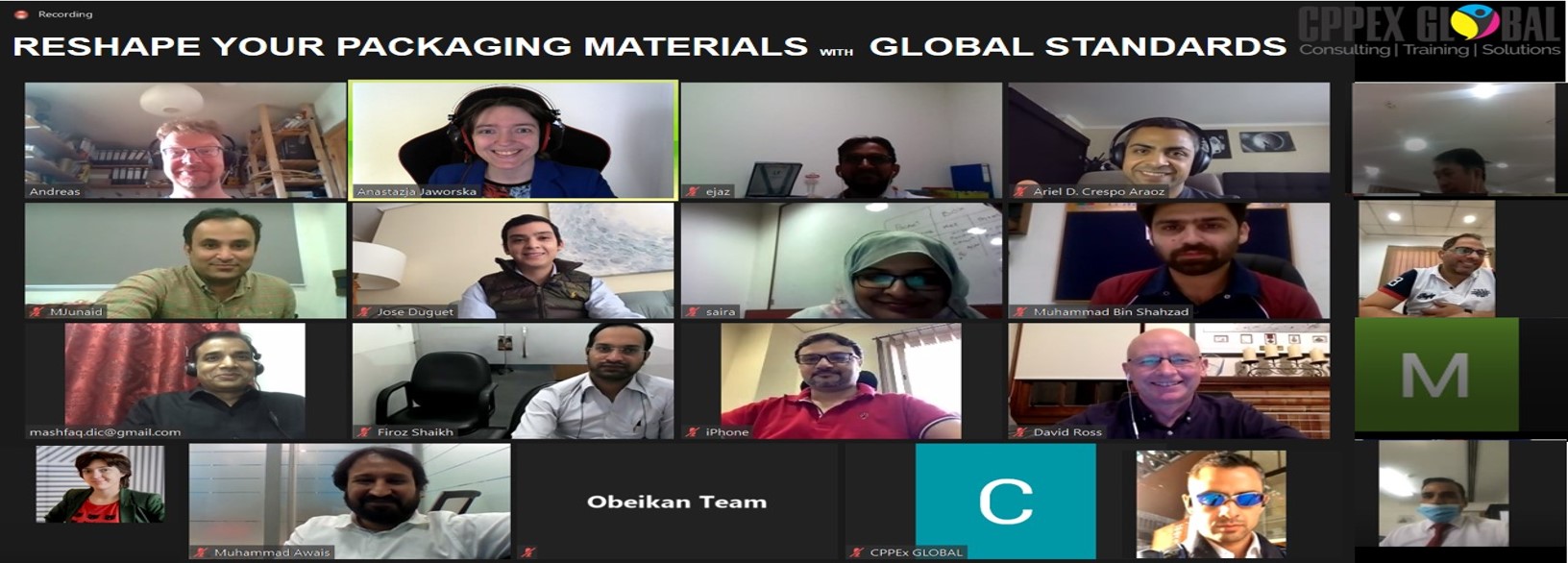
- On May , 3 2020
- By Admin
10 Troubleshooting Tips for Gravure Printing
We know you love your gravure printing, but let’s face it: sometimes you encounter issues, and you just don’t know how to fix them. And that’s why today we’re going to go over 10 of the most common problems people experience with gravure, and what you can do to fix them.
1. Correcting Hue Shift
Start by consulting the cylinder department. Check the register, and make sure the cells are configured properly. Next, adjust the electric eyes, lower the dryer temperature, and finally, add fresh ink to the fountain (and add less slip compound).
2. Fix Problems with Drying In
Drying in is when ink dries on the cylinder walls, and there are typically only two causes of this: the wrong press conditions or the ink drying too fast. To correct the press conditions, there are a number of things you can do:
• Check the air velocity, oven temperature, and doctor blade angles
• Wipe the cylinder
• Remove the connected spot air system
• Cool the fountains
• Increase the speed of the press
If the ink is drying too fast, you should add a slow-drying solvent, decrease the viscosity, and notify the ink supplier.
3. Know How to Address an Uneven Appearance
Dark and light areas that are described as puddling, mottling, and volcanoes can be caused by the paper surface, large cells in the cylinder, pressure on the impression roller, and ink that's too thin. Fixing the issue may involve adjusting the ink viscosity, consulting the cylinder department, or adjusting the roller.
4. Stop Scuffing in Its Tracks
Scuffs or scratches in the ink are likely caused by the ink itself, the press conditions, or the paper. Here's what you can do to fix the problem:
• Add wax or hardeners to the ink
• Check and adjust the ink viscosity
• Upgrade ink film integrity by changing the solvent system
• Increase the oven temperature
• Check the paper abrasion
5. Don’t Let Strike-Through Get You Down
Lacquer the cylinder, add a pigment extender, and increase the ink viscosity, the oven temperature, and the air velocity. If that doesn’t fix the problem, the issue may be the paper, and the fix is switching to a less absorbent paper. Otherwise, it may be the ink holdout, in which case you should consult the manufacturer.
6. Adjusting the Color Strength
When the color is too strong, you can address the problem by lacquering in part of the cylinder to reduce cell volume, consulting the cylinder department, adding solvent to reduce the ink viscosity, and adding a clear extender. When the color is too weak, the possible solutions include:
• Increasing cell volume by re-etching the cylinder
• Increasing the ink viscosity
• Cleaning the cylinder
• Flattening the angle
• Replacing the roller
• Adding toner
• Checking the auto ink batcher
7. Improve Ink Mileage
Improve the startup procedure to reduce waste, use a less absorbent paper, get the prescribed viscosity by adjusting the ink¬–solvent ratio, reformulating the ink if the ink is penetrating the stock too fast, and checking with the manufacturer about the ink gravity values.
8. Prevent Ink from Frothing and Foaming
First, try using a hose to introduce ink to the pan rather than letting it fall. Next, inspect the pump for leaks, or adjust the pump speed to reduce agitation. You can also try adjusting the ink viscosity, or adding a defoamer compound.
9. Adjust the Gloss Levels
When the gloss is too high, reduce viscosity by adding a solvent, or use a pigmented extender. To increase low gloss, add a gloss extender, increase the viscosity, or use less solvent.
10. Ensure Consistent Color Reproduction
Color variation can be caused by a number of issues, and here are the solutions to troubleshoot the problem:
• Adopt a single set of procedures for all operators
• Always use measured amounts
• Equalize or calibrate the flow rates
• Clean and inspect the equipment between presses
• Use similar ink strengths
With these 10 troubleshooting tips, you should be able to diagnose and fix many of the gravure printing problems you encounter, streamline operations, and optimize your printing processes
This blog is written by Saint Clair Systems.
